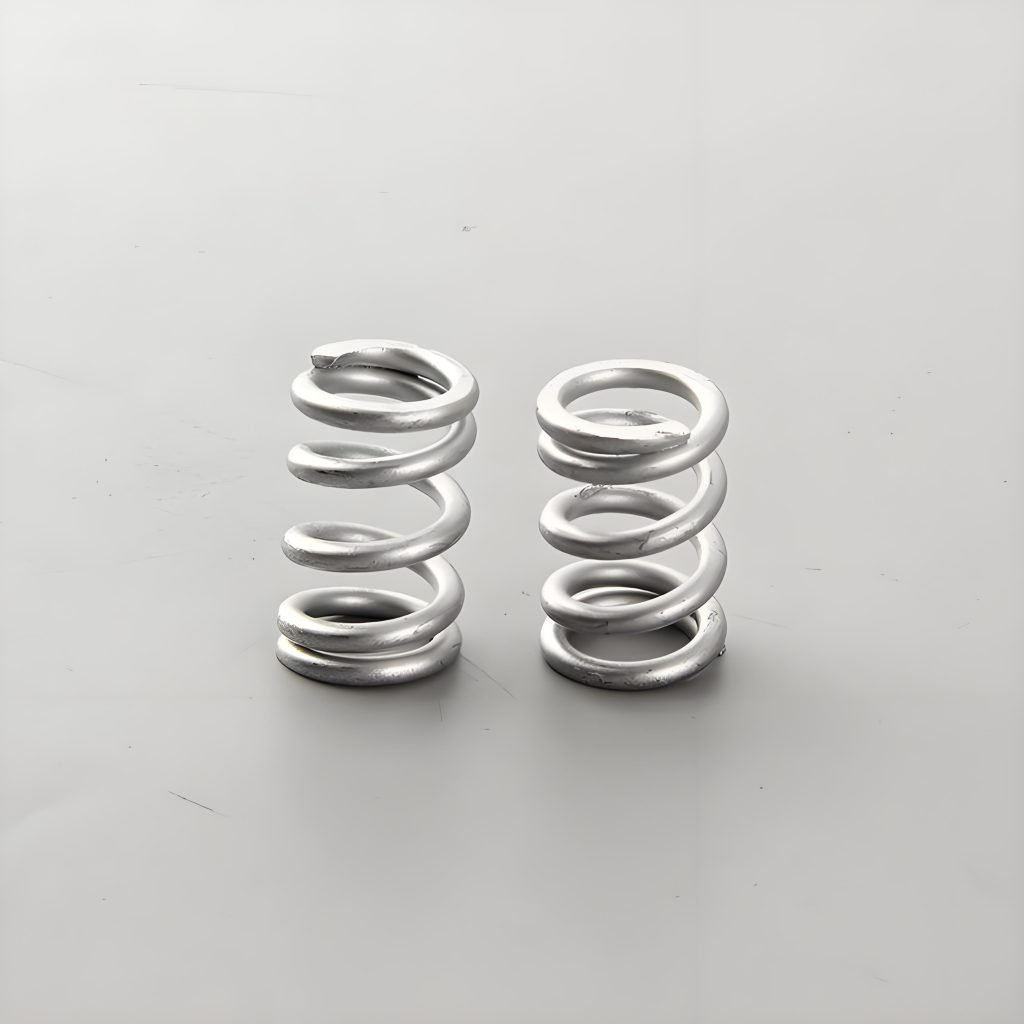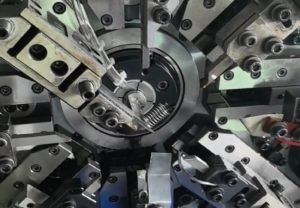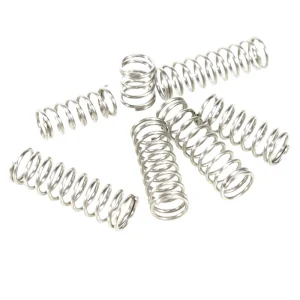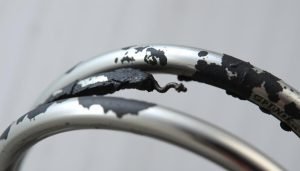The main component of stainless steel is iron, with a minimum of 10.5% mass percentage of chromium. On the surface of the steel, chromium creates a thin oxide coating called the “passive layer.” The steel’s resistance to corrosion comes from this layer. To improve its qualities, stainless steel can also include different concentrations of silicon, carbon, manganese, and other metals like nickel and molybdenum. Because of its well-known ability to withstand rust, discoloration, and corrosion, this material is widely used in many different industries, including the spring manufacturing industry.
Advantages of using stainless steel for springs
There are various benefits to producing springs from stainless steel:
Stainless steel is naturally resistant to corrosion, which makes it perfect for use in applications or harsh situations where springs may come into contact with chemicals or moisture.
Durability: Stainless steel springs have a reputation for being long-lasting. They have the capacity to endure high stress levels while retaining their structural integrity.
Temperature Resistance: Stainless steel springs are appropriate for applications involving intense heat or cold since they can function well in a variety of temperatures.
Strength: Stainless steel has a high degree of strength and resilience to fatigue, thus springs can be used repeatedly without experiencing noticeable wear.
Low Maintenance: Stainless steel springs have a low maintenance requirement because of their endurance and resistance to corrosion, which lowers operating expenses over the long run.
Aesthetic Appeal: Stainless steel looks polished and clean, which is useful in situations where aesthetics are crucial and the spring is visible.
Applications of Stainless Steel Springs
| Application Field | Opis | Advantages of Using Stainless Steel |
|---|---|---|
| Automotive Industry | Used in engine components, exhaust systems, and suspension systems. | High-temperature resistance and durability. |
| Aerospace Industry | Employed in landing gear, control systems, and other critical components. | Corrosion resistance, strength, and ability to withstand extreme conditions. |
| Medical Devices | Found in surgical instruments, diagnostic devices, and implants. | Biocompatibility and corrosion resistance. |
| Marine Industry | Utilized in shipbuilding, marine engines, and equipment exposed to seawater. | Exceptional resistance to corrosion in saline environments. |
| Food Processing | Applied in food handling and packaging machinery where hygiene is crucial. | Corrosion resistance and easy to clean surfaces. |
| Construction | Used in architectural components, such as balustrades and structural elements. | Durability and aesthetic appeal. |
| Electronics | Integrated into devices such as connectors, switches, and precision instruments. | Non-magnetic properties and resistance to corrosion. |
| Household Appliances | Found in washing machines, refrigerators, and small kitchen gadgets. | Longevity, corrosion resistance, and low maintenance. |
Stainless steel is a preferred option in many industries due to its versatility, which improves the performance and lifetime of springs in a wide range of applications.
Utilizing their highly experienced workforce and cutting-edge manufacturing technologies, Richconn manufactures premium springs that are long-lasting, corrosion-resistant, and able to tolerate extreme temperatures. Richconn offers customized designs and specifications to guarantee optimal performance, whether you require precision springs for medical devices, durable springs for automotive applications, or specialty springs for food processing equipment.






